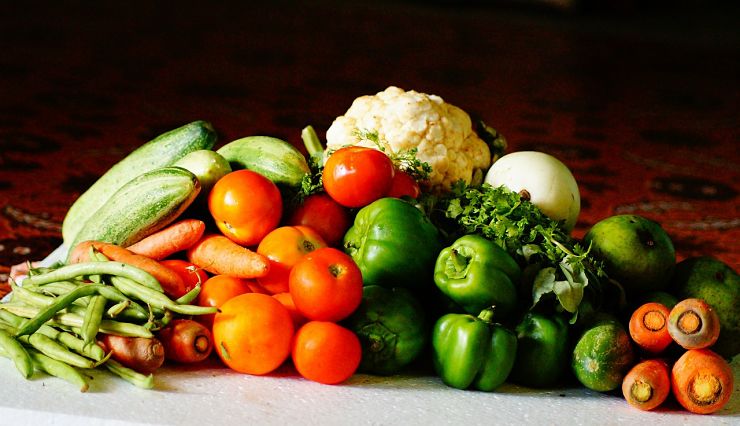Tap water and baking soda can rid fruits and vegetables of pesticide residues.
Low tech, cheaper than buying organic, and effective.
So says research from the U. of Massachusetts, Amherst and echoed by Consumer Reports.
And that’s a good thing because this year’s Dirty Dozen, fruits and vegetables with the most pesticide residue, includes lots of favorites:
- Strawberries
- Spinach
- Nectarines
- Apples
- Peaches
- Pears
- Cherries
- Grapes
- Celery
- Tomatoes
- Sweet Bell Peppers
- Potatoes
Reducing pesticide residues
Here’s the formula: 2 cups water, 1 teaspoon baking soda. Soak produce for two minutes, or longer. Rinse.
Enjoy.
I’m thinking I’ll put a canister of baking soda by the sink so it’s easy to soak produce when it arrives in the kitchen. Experts say that the sooner you wash the residue off, the less pesticide penetrates the fruit.
Clean Fifteen
These conventionally grown fruits and vegetables were the least contaminated with pesticides in this year’s tests.
- Avocados
- Sweet Corn
- Pineapples
- Cabbage
- Onions
- Frozen Sweet Peas
- Papayas
- Asparagus
- Mangos
- Eggplant
- Honeydew
- Kiwi
- Cantaloupe
- Cauliflower
- Broccoli
Pesticides in the bigger picture
Even if I can wash all the pesticide residue from the food I put on the table, I wince at the thought of the chemicals unleashed in the field to bring picture-perfect fruit to the store.
I’m off to the garden to see what’s available in my back yard.

